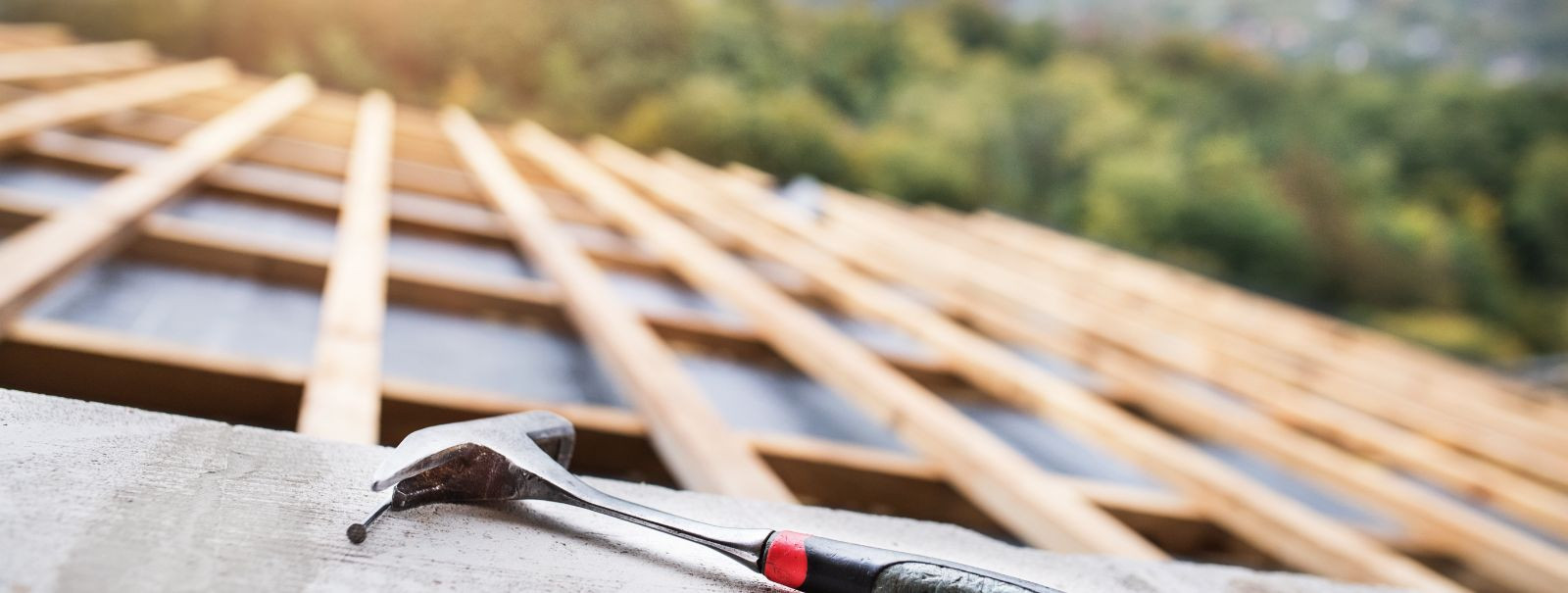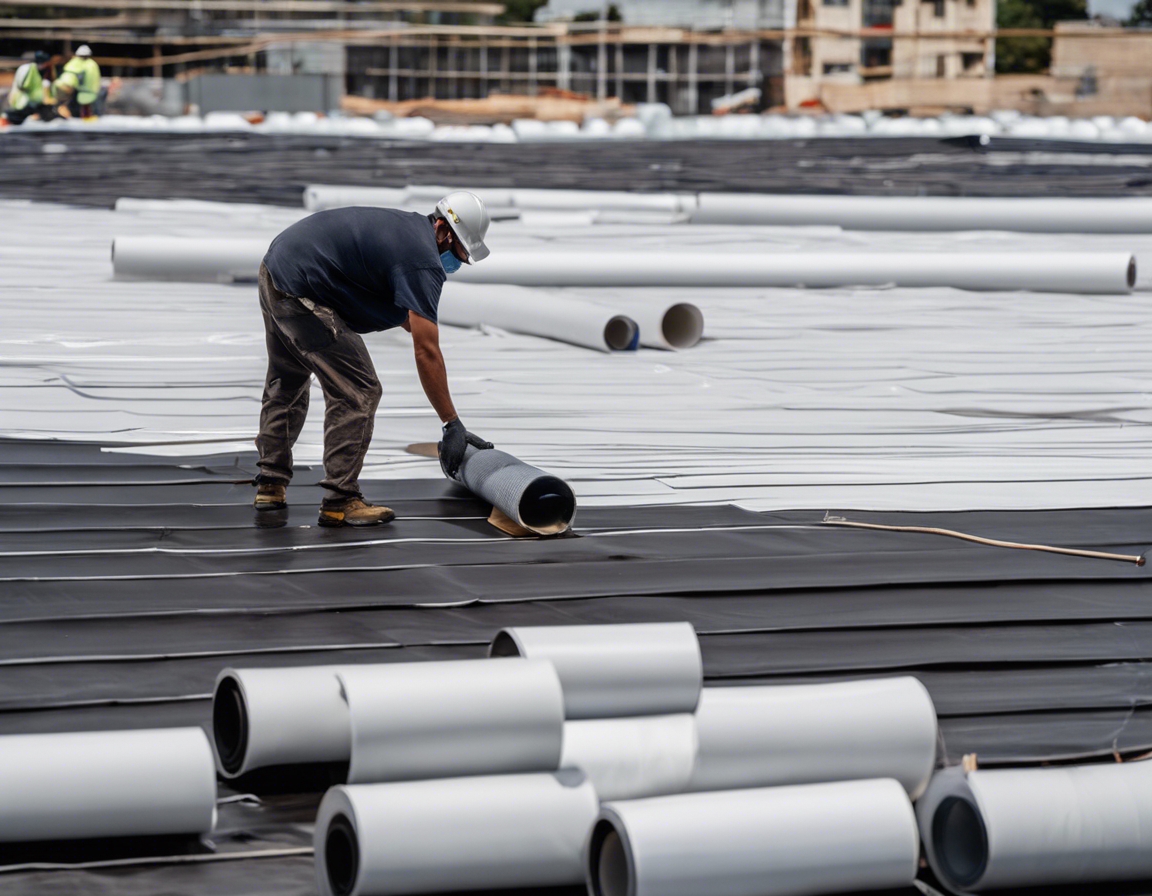Eco-friendly roofing: a guide to sustainable choices
As the world becomes increasingly aware of the environmental challenges we face, the demand for sustainable building solutions has never been higher. Eco-friendly roofing is a critical component of this movement, offering property developers, commercial building owners, and environmentally conscious homeowners a way to reduce their carbon footprint while enhancing the durability and efficiency of their structures. This guide explores the various sustainable roofing options available today, helping you make informed decisions for your next project.
Benefits of Sustainable Roofing Solutions
Eco-friendly roofing materials are designed to minimize environmental harm. They often use recycled or renewable resources, reducing the need for new raw materials and decreasing waste. Additionally, these materials can help mitigate urban heat island effects, contributing to cooler cities and reduced energy consumption.
Sustainable roofs are excellent insulators, helping to maintain consistent indoor temperatures. This reduces the need for heating and cooling, leading to significant energy savings. Some eco-friendly roofs, like solar roofs, even generate energy, further enhancing their efficiency.
While the initial investment in eco-friendly roofing may be higher than traditional options, the long-term savings are substantial. Reduced energy bills, lower maintenance costs, and potential tax incentives make sustainable roofing a financially sound choice.
Types of Eco-Friendly Roofing Materials
Green roofs, or living roofs, are covered with vegetation and soil, providing excellent insulation and reducing stormwater runoff. They create habitats for wildlife and improve air quality, making them a popular choice in urban environments.
Cool roofs are designed to reflect more sunlight and absorb less heat than standard roofs. They are typically made from reflective materials or coatings, which help keep buildings cooler and reduce energy consumption.
Solar roofs integrate photovoltaic panels into the roofing material, allowing buildings to generate their own electricity. This not only reduces reliance on fossil fuels but can also provide significant energy savings over time.
Recycled roofing materials, such as metal or rubber shingles, are made from post-consumer or post-industrial waste. These materials are durable, long-lasting, and help reduce landfill waste.
Factors to Consider When Choosing Eco-Friendly Roofing
The local climate plays a crucial role in determining the best eco-friendly roofing option. For instance, green roofs are ideal for areas with moderate rainfall, while cool roofs are better suited for hot, sunny climates.
The design and structure of your building will influence the type of sustainable roofing you can install. Consider factors such as roof slope, load-bearing capacity, and architectural style when making your choice.
While eco-friendly roofing may require a higher upfront investment, consider the long-term savings in energy costs and maintenance. Evaluate your budget and prioritize options that offer the best return on investment over time.
Installation and Maintenance Tips for Sustainable Roofs
Hiring experienced professionals for the installation of eco-friendly roofs is crucial. Proper installation ensures the roof's performance and longevity, maximizing your investment.
Regular maintenance and inspections are essential to keep your sustainable roof in optimal condition. This includes checking for leaks, cleaning drainage systems, and ensuring vegetation on green roofs is healthy.
To extend the life of your eco-friendly roof, follow manufacturer guidelines for care and maintenance. This may include periodic cleaning, resealing, or replacing worn components as needed.






Comments (0)